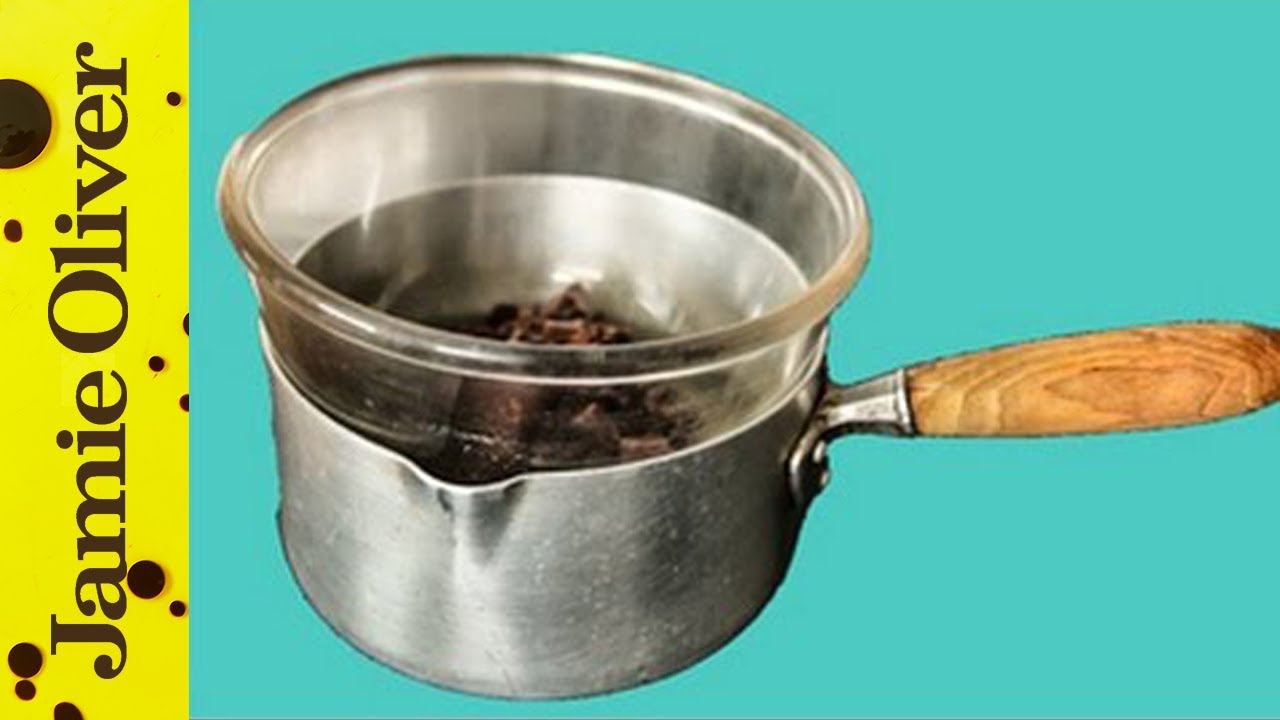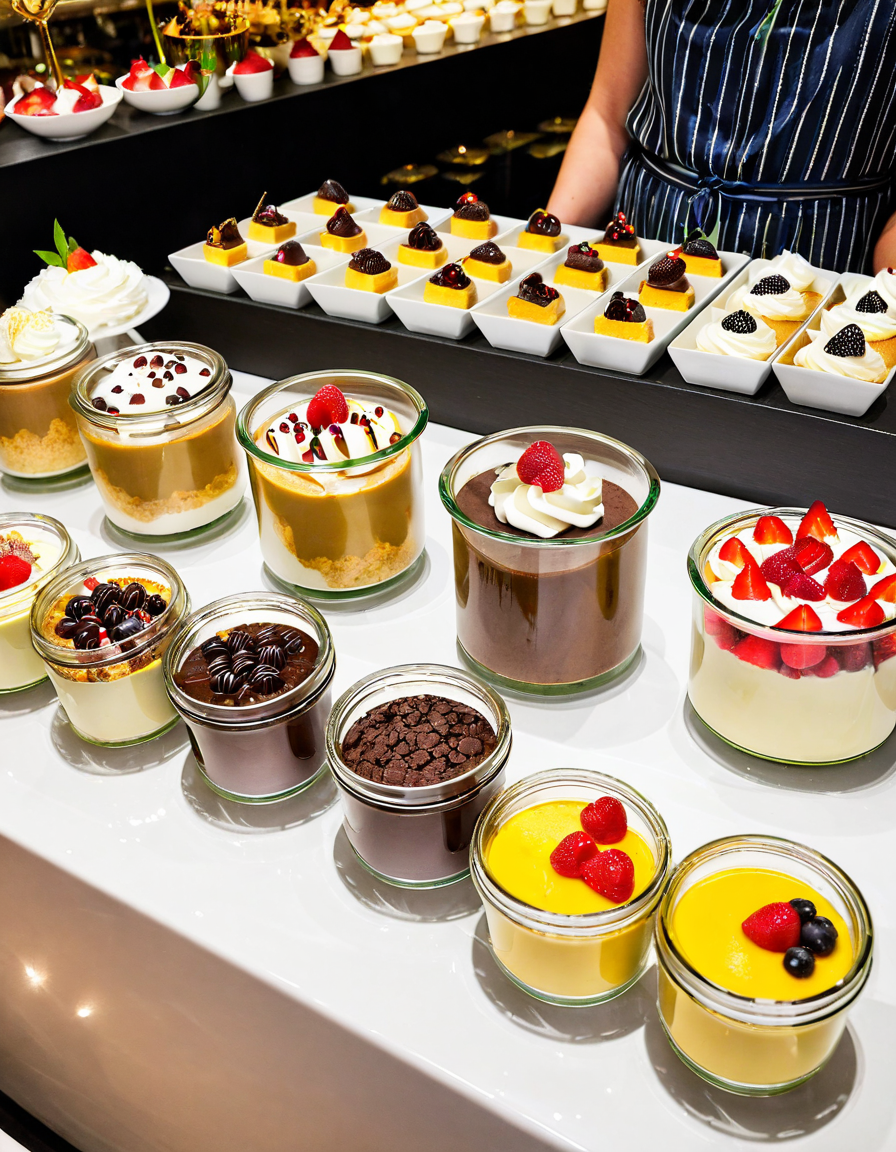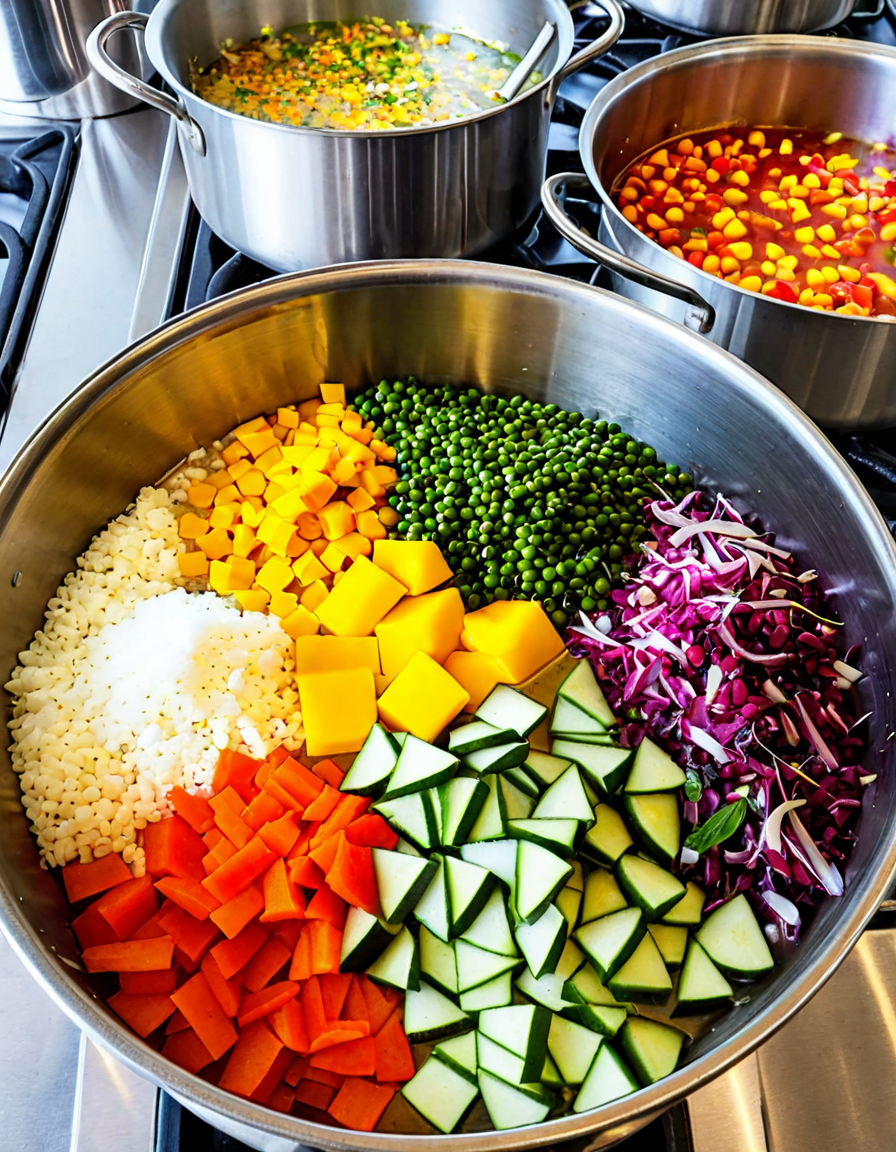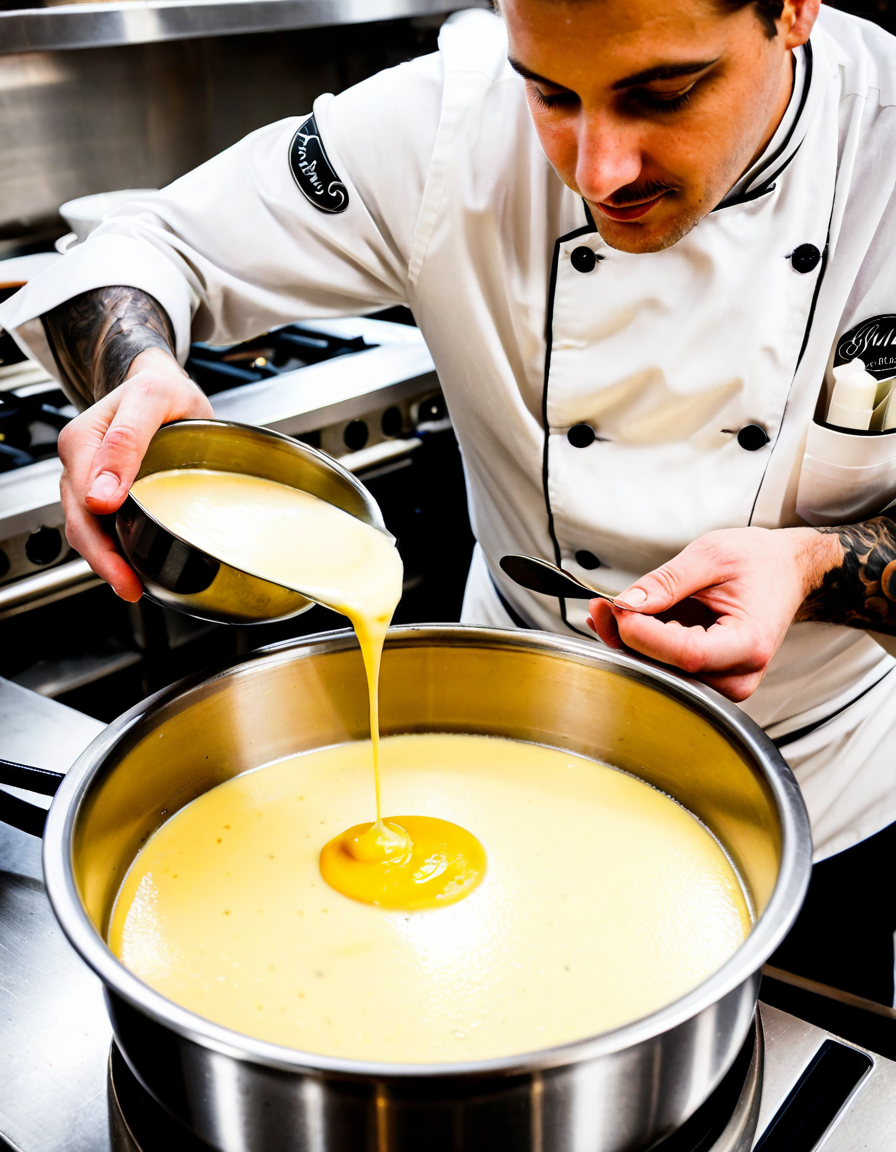When it comes to culinary techniques, the bain marie stands out as a timeless method for achieving perfectly cooked dishes. This simple yet effective approach, often referred to as a water bath, excels in creating a warm, moist environment that prevents burning or overcooking delicate foods. From melting chocolate to baking custards, mastering the bain marie technique can be a game-changer for both home cooks and seasoned chefs alike. Let’s dive deeper into the versatility, science, and delightful dishes perfected through this remarkable method!

The Versatility of Bain Marie Cooking Techniques
The beauty of the bain marie lies in its ability to handle a variety of cooking tasks. It’s particularly advantageous for items that require gentle heat. For example, melting chocolate directly on the stovetop can lead to disastrous seizing or burning. But with a water bath, you get even heat, allowing for a silky smooth melt that chocolate lovers can appreciate. Similarly, delicate egg-based recipes, like custards, benefit immensely from the low-and-slow approach.
The bain marie isn’t just for sweets, either. This method can be employed to create creamy, savory dishes. Consider how a chef like Barbara Lynch uses this technique to make velvety polenta, ensuring it cooks evenly without clumping. In fact, the bain marie can maintain the right temperature for so many dishes, it’s a versatile tool every cook should familiarize themselves with.
When used correctly, a bain marie guarantees dishes that consistently turn out well. It’s not just about cooking; it’s about the journey of elevating your flavors and textures to their highest potential. This method enhances the cooking experience, providing the confidence needed to tackle even the most daunting recipes.

Top 7 Delightful Dishes Perfected by Bain Marie Technique
The rich and creamy custard of crème brûlée requires precision, and the bain marie delivers just that. By cooking this dessert in a water bath, chefs like Thomas Keller ensure that the custard remains perfectly smooth without separation. This technique is foundational for creating the delicious caramelized sugar topping that many crave.
When making chocolate ganache, using a bain marie can save the day. Brands like Guittard emphasize this method as it allows the chocolate to melt gently. This silky ganache can then become a luxurious filling for pastries or a frosting that transforms any cake into a dessert showstopper.
Cheesecake lovers know the struggle of getting that perfect texture without cracks. By incorporating a bain marie, bakers like Alison Roman achieve creamy cheesecakes that are moist and rich. This gentle cooking method keeps the heat consistent, leading to a dense yet tender dessert.
Classics like flan or pots de crème thrive with the bain marie technique. The gentle steam prevents the eggs from scrambling, resulting in a velvety finish. Julia Child championed this method, showing its importance across classic French cuisine.
Barbara Lynch’s creamy polenta showcases how this technique can push comfort food into gourmet territory. The bain marie allows polenta to cook evenly, preventing the dreaded clumps while maintaining that dreamy creaminess. This dish pairs beautifully with your favorite braised meats and adds sophistication to your table.
For anyone keen on perfectly cooked vegetables, using heat-proof bags in a bain marie can yield incredible results. Chefs like Heston Blumenthal capitalize on this technique, using consistent water temperature to retain vibrant color and nutrients in seasonal veggies.
The pie à metro, a stunning elongated French dessert, can achieve a flawless bake with a bain marie. The moisture protects the crust from drying out, resulting in a dessert that presents beautifully. Contemporary chefs such as Gaston Bachelard use this method for a striking finish that will leave guests in awe.

The Science Behind Bain Marie Cooking
Understanding the science behind the bain marie can help any cook appreciate its value. Water boils at approximately 100 degrees Celsius (212 degrees Fahrenheit), which means food atop it won’t exceed this temperature. This controlled environment makes it perfect for heat-sensitive ingredients like eggs and chocolate, where precision is key.
Using a bain marie counters the risk of overcooking. With traditional methods, you might have to constantly monitor your skillet’s heat. But with this setup, you can set it and forget it to a degree, knowing the water in the pot will act as a buffer. This is particularly advantageous for culinary creations that require correctness, allowing for perfect execution every time.
The ability to harness steam adds an extra layer of flavor to many dishes. Overall, understanding this technique’s science equips cooks to elevate their culinary game and experiment with passion, knowing their dishes will perform at their best.

Frequently Asked Questions about Bain Marie Techniques
What Equipment Do You Need for a Bain Marie?
To set up a bain marie, you need two main components: a large pot filled with simmering water and a smaller heat-proof bowl or pan that fits snugly inside. Brands like Cuisinart and Pyrex provide excellent options to create this setup, offering a mix of functionality and durability.
Can You Use a Bain Marie in the Oven?
Absolutely! This method shines in the oven, particularly for dishes like custards or cheesecakes. By using a bain marie in the oven, you promote even cooking, minimizing the chance of unpleasant surprises from uneven heat.
How Do I Adjust Cooking Times When Using Bain Marie?
Cooking times may slightly differ with this method; generally, it may take a few extra minutes. Individual recipes dictate specifics, so keeping a close eye is important. Embracing the nuances of cooking will elevate your skills!

Elevating Your Culinary Adventures with Bain Marie
In the culinary landscape of 2026, the bain marie remains integral for both budding chefs and culinary experts. As home kitchens embrace innovation, this technique shines due to its precision and adaptability. Anyone can create exquisite dishes using this water bath approach—from luxurious custards to rich chocolate delights.
Exploring the world of cooking with a bain marie can take your skills to new heights. The next time you step into the kitchen to craft your culinary masterpieces, embrace the simplicity and effectiveness of the bain marie. With practice, you’ll produce amazing creations that not only taste delightful but also look stunning. So, let’s keep stirring the pot—culinary magic awaits in every dish!
Whether you’re whipping up a crème brûlée or a pie à metro, embracing this technique will transform your cooking endeavors into a delightful experience. With the right approach, every meal can be an unforgettable culinary celebration.
Bain Marie: Your Guide to Perfectly Cooked Delights
A Culinary Classic
Ever wonder how chefs achieve that creamy, smooth texture in their custards or sauces? Enter the bain marie, a nifty technique that can take your cooking to new heights! This method tricks your ingredients into cooking slowly and steadily, almost like they’re getting a gentle hug from the heat. By placing a smaller pot filled with your mixture into a larger pot filled with simmering water, you avoid the unpredictability of direct heat. Just like how a queening chair provides support and comfort, a bain marie safeguards delicate recipes from rapid cooking disasters.
If you’re still skeptical, consider this fun tidbit: the bain marie has been around for centuries, with roots tracing back to ancient Egypt! Talk about culinary evolution! It’s like uncovering a classic treasure, much like spotting the most beautiful actresses at a glamorous event—the kind of longstanding elegance that never fades. As you delve deeper into this cooking method, you’ll realize it’s a bridge almost every chef has crossed, making it essential knowledge for any budding culinary star.
Mastering Temperature Control
The beauty of the bain marie lies in temperature control. It’s perfect for melting chocolate or preparing a silky crème brulée—being cautious with heat is key. Just picture this: instead of a messy microwave setup, you could have your chocolate warming up in a bain marie—the ideal solution for a smooth dessert, making it feel almost like playing a game of shuffle board, where each move is calculated and deliberate. And it’s not just desserts that benefit; delicate sauces like hollandaise or bearnaise can also thrive in this gentle cooking environment.
Now, let’s add some flair to our culinary journey! Did you know that just like a well-arranged bouquet, the right mix of ingredients can make any dish sing? Pairing fresh herbs or spices in your bain marie dishes can take them to the next level. Whether you’re making simple sauces or fancy mousses, your creations will be as visually stunning as the captivating cast of Surviving Summer—it’s all about presentation!
Fun Facts and Tips
When you think of the bain marie, think versatility! It’s not just a tool for cooking; it’s a game changer in food presentation. A well-executed dish from a bain marie can leave your guests talking, almost like how we discuss the latest trend in tech, like USB to USB C connections that help keep our devices linked and up-to-date. And hey, if you’re ever in a pickle, remember that this method can save your sauces from curdling, just like a steady xFi complete connection saves your streaming night from buffering.
So there you have it! The next time you whip out the bain marie, remember its rich history, its role in creating culinary masterpieces, and the trivia that makes cooking even more fun. Embrace it, mix it up, and let the artistry take over—you’ll find that mastering the bain marie is like stepping into the shoes of culinary legends, channeling your inner Bulma from Dragon Ball—brilliant, resourceful, and oh-so-fun!






















